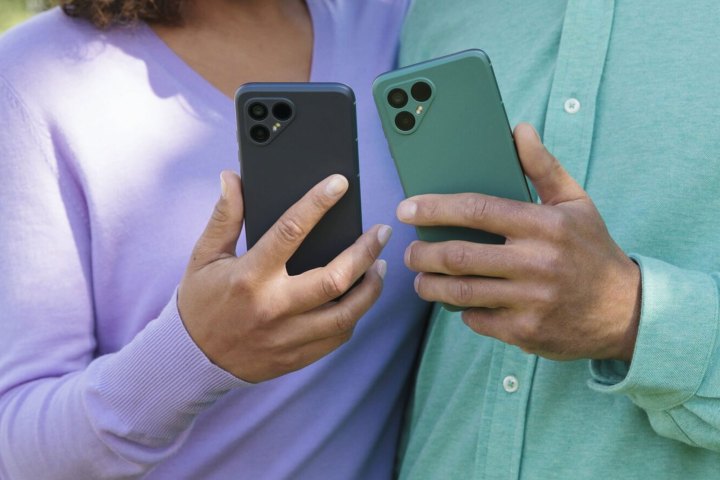
After nearly two years of wondering if it’ll ever be sold officially in the U.S., the Fairphone 4 — a smartphone that hangs its hat on its repairable design — has finally launched in North America. With the evergrowing issue of e-waste, it’s nice to see a company that’s focused on following sustainable practices that allow users to fix their phones themselves instead of the all-too-common problem of having to throw out your iPhone and buy a new one when small issues occur.
Take note that the U.S. release of the Fairphone 4 is actually a variant called the Murena Fairphone 4, which differs from the base device with its Android-based operating system /e/OS.

For the U.S. launch, the Dutch company Fairphone partnered with Murena, a company known for its privacy-conscious OS that’s meant to “deGoogle” Android. As a result, the Murena Fairphone 4 doesn’t have any of the typical Google apps that you’d typically find preinstalled on other Android phones.
In addition to its Google-free OS, the Murena Fairphone 4 has some decent specs with its 48MP rear camera, 3,905mAh battery, and Snapdragon 750G chipset. The best part about the phone, however, is that if one of the components breaks or goes haywire, you’re able to swap it out for other parts. The entire phone is completely modular, meaning that nothing is glued shut, allowing easy repair and replacements to be made with a simple, standard screwdriver.

Retailing around $600 depending on the storage and memory options, the Fairphone 4 is a solid pick for anyone who’s looking to have a smartphone that’s able to be sustainably used for much longer than the likes of current major flagships from Apple, Samsung, and Google. Additionally, thanks to /e/OS, the Murena Fairphone 4 gives buyers peace of mind knowing that they’re able to use their smartphone without Google breathing down their neck and having access to sensitive and private information. If you do rely on Google apps, however, you’ll still be able to access them via the Murena App Lounge (/e/OS’ version of the app store.)
The news of the Fairphone 4 comes just days after HMD Global announced the Nokia G42 — the second Nokia phone to feature its own user-repairable design. It’s unlikely that future iPhones or Samsung Galaxy handsets will adopt such easy repairability traits any time soon, but it’s still great to see meaningful progress being made on this front.
Editors' Recommendations
- Are you having iPhone alarm problems? A fix is coming soon
- This one Apple Fitness feature completely changed how I exercise
- An Apple insider just revealed how iOS 18’s AI features will work
- Why you should buy the iPhone 15 Pro instead of the iPhone 15 Pro Max
- iPhone SE 4: news, rumored price, release date, and more



